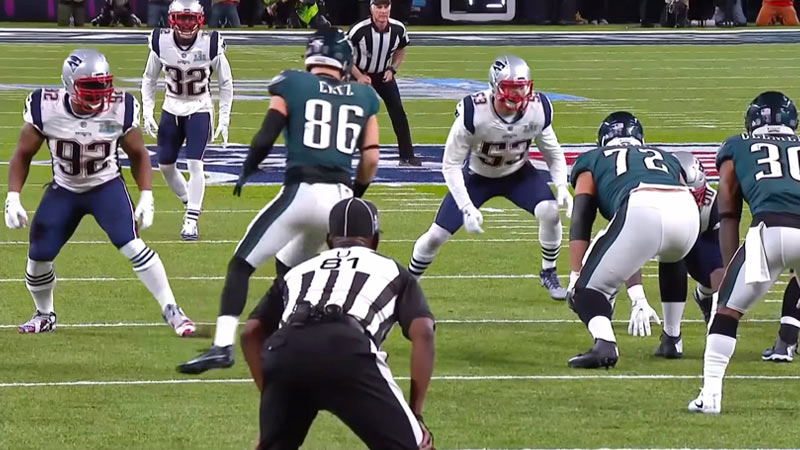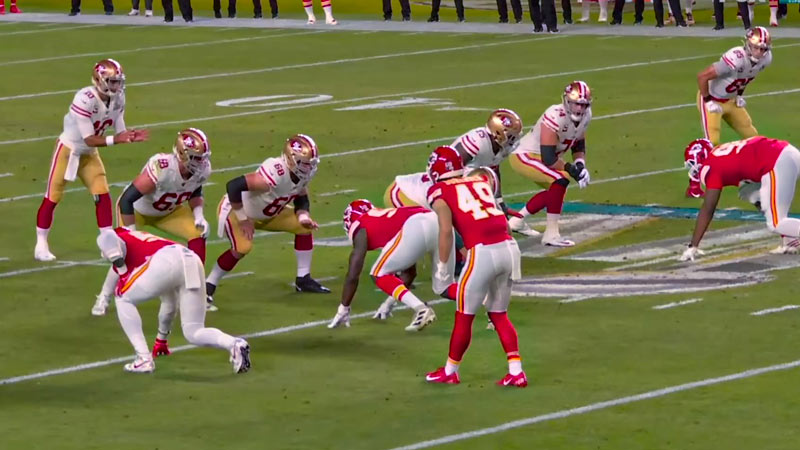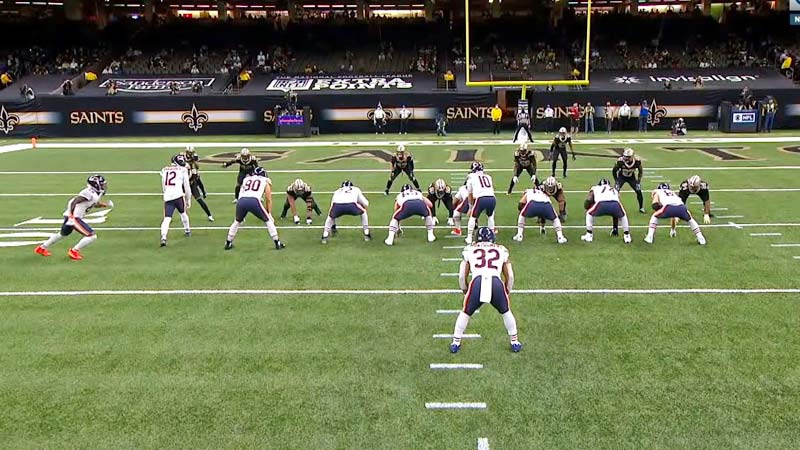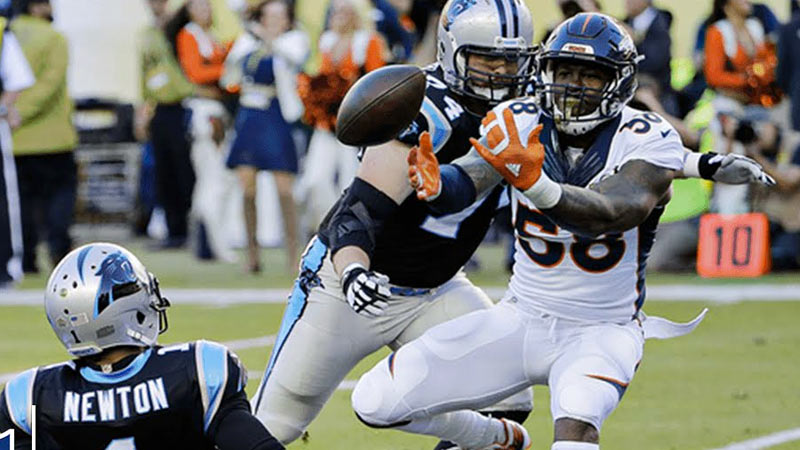The allure of the Super Bowl extends far beyond the gridiron, capturing the hearts of millions globally. Understanding the intricacies of Football Super Bowl Rules is paramount to savor the spectacle fully.
From penalties that pivot the tide to the drama of challenges and the overtime thrill, this blog delves into the rulebook governing the grandest event in American sports.
We dissect common penalties, explore the nuances of challenges, and demystify overtime regulations.
Whether you’re a seasoned football enthusiast or a casual viewer, this guide aims to enhance your Super Bowl experience by unraveling the rules that shape the narrative of this iconic championship.
The Road to the Super Bowl
The Road to the Super Bowl is a thrilling journey marked by fierce competition, strategic prowess, and unwavering determination.
As NFL teams embark on this quest, the regular season serves as a testing ground, where each victory and defeat shapes the path ahead.
Playoffs intensify the stakes as teams battle through elimination rounds, leaving only the most resilient contenders standing.
The conference championships become the gateways to football glory, with the winners securing their coveted spots in the Super Bowl spectacle.
This culminating event transcends sport, captivating millions with its spectacle of athleticism and entertainment.
The culmination of months of dedication, training, and resilience, the Super Bowl is the grand stage where legends are born and legacies are defined.
From the opening kickoff to the final whistle, the Road to the Super Bowl is a testament to the indomitable spirit of athletes striving for excellence and the unyielding passion of fans rallying behind their teams.
American Football Super Bowl Rules

Here is the list of American Football Super Bowl rules. Please check out the descriptions below:
Preseason Battles
The NFL’s preseason sets the stage for the Super Bowl journey, providing a platform for teams to evaluate talent and fine-tune strategies.
Comprising a series of exhibition games allows coaches to assess rookies and veterans alike, making crucial roster decisions.
While wins and losses may not impact regular-season standings, preseason is crucial for player development and team cohesion.
Coaches experiment with lineups, testing new plays and assessing player performance under game conditions.
Though often overlooked, the preseason lays the foundation for the grueling road ahead, offering glimpses of potential and the areas that need improvement for teams aspiring to reach the pinnacle of American football – the Super Bowl.
Regular Season Showdowns
The NFL’s regular season serves as the crucible where teams are forged or falter on the path to the Super Bowl.
Seventeen weeks of intense competition see each team face various opponents, navigating a schedule that demands adaptability and resilience.
Every victory and defeat reverberates through the standings, shaping playoff prospects.
The regular season is a relentless skill, endurance, and strategic acumen test. As teams vie for divisional titles and coveted playoff berths, each game becomes a crucial chapter in the unfolding narrative of the season.
From early-season surprises to late-season drama, the regular season is the proving ground where contenders emerge, setting the stage for the postseason battles that will ultimately determine who earns the right to compete on Super Bowl Sunday.
Divisional Dominance

In the quest for Super Bowl glory, divisional matchups are pivotal contests that can make or break a team’s postseason aspirations.
NFL divisions create rivalries and storylines that add drama to the season, as teams face their closest geographical adversaries twice a year.
These matchups often carry added significance, with divisional records serving as tiebreakers in playoff scenarios. Divisional dominance becomes a critical factor in securing playoff berths and favorable seeding.
Teams must navigate the unique challenges posed by familiar foes who are intimately acquainted with each other’s strengths and weaknesses.
Divisional battles take on heightened importance as the season unfolds, shaping the landscape of the playoff race and influencing which teams will navigate their way to the Super Bowl.
Conference Conquests
The Conference Conquests are pivotal in the Road to the Super Bowl. Teams that have weathered the regular season’s challenges now clash in the playoffs, vying for supremacy within their respective conferences.
The intensity heightens as each victory inches them closer to the grand finale. These games are a testament to strategic brilliance, physical prowess, and the ability to perform under pressure.
With only two teams emerging victorious, the Conference Conquests determine the conference champions and the contenders for the ultimate prize – the Super Bowl.
The weight of expectations and the thrill of competition converge in these clashes, setting the stage for the climactic Championship Challenges.
Championship Challenges
Championship Challenges elevate the Super Bowl journey to its zenith, pitting the conference champions against each other in a high-stakes showdown.
These contests culminate a season’s worth of hard work and perseverance as teams clash for the coveted Vince Lombardi Trophy.
The stakes are at their highest, with the victor earning the right to be crowned the undisputed champion of the NFL.
Championship Challenges demand physical prowess and strategic acumen, as coaches and players alike must navigate the pressure-packed moments that define legacies.
The drama, emotion, and skill displayed in these contests shape the narrative of the NFL season, leaving an indelible mark on the annals of American football history.
Super Bowl Spectacle
The Super Bowl Spectacle is the grand crescendo of the NFL season, transcending sport to become a global cultural phenomenon. Beyond the field, it is a spectacle of entertainment, advertising, and halftime extravagance.
Teams that have conquered the Conference Conquests and emerged triumphant in the Championship Challenges now clash in the most-watched sporting event in the United States.
The Super Bowl captivates audiences with its electrifying atmosphere, star-studded halftime shows, and commercials that become cultural touchstones.
The culmination of months of dedication, perseverance, and strategic brilliance, the Super Bowl Spectacle is a celebration of American football at its highest level.
It is an event that unites fans and captivates the world, leaving an indelible mark on the cultural landscape.
Penalties for Football Super Bowl Rules

Penalties play a significant role in regulating and maintaining the integrity of American football, including the Super Bowl. They are designed to ensure that the game is played fairly, safely, and within the established rules.
Here are some of the most common penalties in football, including their implications:
Offside
When a defensive or offensive player crosses the line of scrimmage before the ball is snapped. The play is stopped, and the offending team is penalized with a loss of 5 yards. This gives the opposing team a better field position.
Holding
When a player holds, grabs, or obstructs an opponent, usually a defender or receiver. The offending team is penalized with a loss of 10 yards. It can stall the offensive drive or assist the defense.
Pass Interference
A defender interferes with the ability of a receiver to make a catch before the ball arrives. The offense is awarded a first down, and the ball is moved up the field by 10 or 15 yards, depending on the severity.
Unsportsmanlike Conduct
Any inappropriate behavior, taunting, or excessive celebration. The offending team is penalized with a loss of 15 yards, potentially affecting field position and momentum.
Illegal Contact
A defender makes significant contact with a receiver beyond 5 yards from the line of scrimmage. The offense is awarded a first down and typically gains 5 yards.
Roughing the Passer/Kicker
Hitting the quarterback or kicker after they have released or kicked the ball. A 15-yard penalty and an automatic first down for the offense, often leading to extended drives.
Delay of Game
Failing to snap the ball within the allotted time (usually 40 seconds). A 5-yard penalty makes it more challenging for the offense by decreasing the time to execute the play.
Illegal Block
An illegal block below the waist or from behind. A 10-yard penalty potentially impacts field position or the success of a play.
Intentional Grounding
The quarterback throws the ball away to avoid a sack without a reasonable chance of completing a pass. A loss of down and a 10-yard penalty, potentially ending a drive.
Face Mask
A player grabs the face mask of an opponent. A 15-yard penalty is assessed, aiding the affected team’s field position and providing an opportunity for a new set of downs.
Ineligible Receiver Downfield

An offensive lineman or ineligible receiver crosses the line of scrimmage before throwing a forward pass. A 5-yard penalty can nullify a completed pass or cause the down to be replayed.
Penalties are a crucial aspect of the game, and their enforcement can significantly impact the outcome of plays, drives, and, ultimately, the Super Bowl itself.
Understanding and avoiding penalties is essential to a team’s strategy and discipline.
Super Bowl Format
The National Football League (NFL) Super Bowl format typically follows a set structure. However, it’s essential to note that the details may evolve, so verifying the current specifics is recommended.
Here is the general format:
Regular Season
The NFL regular season typically consists of 32 teams divided into the National Football Conference (NFC) and the American Football Conference (AFC).
Each conference is further divided into four divisions, and teams play a 16-game schedule against opponents within and outside their conference.
Playoffs
At the end of the regular season, a total of 14 teams advance to the playoffs – seven from each conference.
The top team from each division and three wild card teams (non-division winners with the best records) qualify for the playoffs.
Wild Card Round
The first round of the playoffs, known as the Wild Card Round, features the three wild card teams and the lowest-seeded divisional champion from each conference.
These four teams compete in single-elimination games.
Divisional Round
The winners of the Wild Card Round join the top-seeded divisional champions in the Divisional Round. Like the Wild Card Round, these games are single-elimination.
Conference Championships
The winners of the Divisional Round from each conference face off in the Conference Championship games. The winners of these games become the champions of their respective conferences and earn a spot in the Super Bowl.
Super Bowl
The Super Bowl is the NFL championship game and is played between the champions of the NFC and AFC. The game is a single-elimination contest, and the winner is awarded the Vince Lombardi Trophy.
Venue Rotation
The location of the Super Bowl changes each year. Cities bid for the opportunity to host the game, and the NFL selects the host city through a competitive process.
The Super Bowl is often a major event, with halftime shows featuring top musical acts and commercials that are known for their high production values.
Halftime Show and Entertainment
The Super Bowl halftime show, featuring high-profile musical performances, has become a cultural phenomenon. It attracts a massive audience and is a significant aspect of the event.
Post-Super Bowl
The Super Bowl marks the conclusion of the NFL season, and the winning team is crowned the league champion. After the Super Bowl, teams prepare for the next season through the NFL Draft, free agency, and offseason training activities.
Remember that rules and formats may be subject to change, so it’s advisable to check the latest information for the most accurate details.
FAQs
What happens if a team commits a penalty during the Super Bowl?
If a team commits a penalty, the opposing team may gain yards or receive an automatic first down, depending on the nature of the infraction.
Penalties can impact field position, possession, and the game’s overall flow.
Can a team challenge a referee’s decision in the Super Bowl?
Yes, teams in the Super Bowl, like any regular-season game, can challenge certain referee decisions.
Challenges are limited, and if successful, the challenging team can challenge later in the game.
How are overtime rules different in the Super Bowl?
In the Super Bowl, if the game is tied at the end of regulation, both teams can possess the ball in overtime.
The game ends if the team possessing the ball first scores a touchdown. If they score a field goal, the other team gets a possession.
What is the role of the coin toss in the Super Bowl?
The coin toss in the Super Bowl determines which team gets the choice to start with possession or defer.
The team winning the toss can choose to receive the ball, kick-off, or pick which end zone to defend. The other team gets the opposite choice.
How are tiebreakers determined in the Super Bowl?
If the Super Bowl ends in a tie at the end of regulation, the game proceeds to overtime. Overtime rules ensure that both teams have an opportunity to possess the ball, and the first team to score a touchdown wins.
If both teams score field goals or neither scores, subsequent possessions decide the outcome.
Wrapping Up
In the symphony of touchdowns and tackles, the rules of the Super Bowl compose the intricate melody that defines each play.
As we’ve uncovered the penalties, challenges, and overtime dynamics, the football enthusiast is better equipped to appreciate the game’s depth.
Beyond its halftime glitz, the Super Bowl is a strategic battle grounded in a rulebook that dictates triumph and heartbreak.
So, as the next Super Bowl kickoff approaches, let the knowledge of these rules amplify the thrill of every touchdown, every interception, and every moment that etches itself into the annals of football history.







